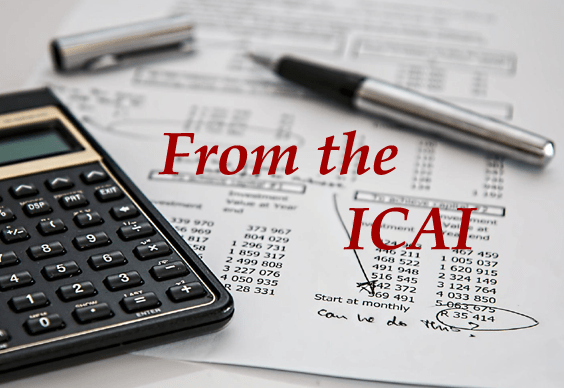India's tax relief might not spur growth or debt reduction: Moody's
New Delhi, Feb 1, 2025
Moody's Ratings has stated that the Indian government's decision to reduce the tax burden on middle-class consumers is unlikely to have a significant impact on economic growth
Finance Minister Nirmala Sitharaman’s Union Budget 2025 introduced key tax reforms, infrastructure investments, and sectoral incentives. Bihar received special focus, with plans for a greenfield airport, a Makhana Board, and IIT Patna’s expansion.
A major highlight was raising the income tax exemption limit to Rs 12 lakh, providing relief to taxpayers. The Budget also lowered TDS thresholds and extended the window for updating tax returns from two to four years.
However, Moody’s Ratings has stated that the Indian government’s decision to reduce the tax burden on middle-class consumers is unlikely to have a significant impact on economic growth. This remark was made in response to the latest Union Budget.
There is uncertainty over whether the government’s tax measures will be sufficient to stimulate economic expansion, according to Christian de Guzman, senior vice president and lead sovereign analyst for India at Moody’s Ratings. Speaking in an interview on Saturday, he said:
“I think it really depends on whether consumers do actually spend that moaney that is freed up from these tax measures… I would place some uncertainty there.”
On Saturday, India announced an increase in the tax exemption limit, stating that individuals earning up to Rs 12 lakh per year would not be required to pay taxes, up from the previous threshold of Rs 7 lakh. Additionally, tax rates for those earning above the revised threshold were reduced.
Debt burden unlikely to reduce significantly: Moody’s
Sitharaman stated that the fiscal deficit for FY26 is projected at 4.4 per cent of GDP, aligning with the government’s fiscal consolidation target.
For FY26, capital expenditure is set at Rs 11.21 trillion, up from Rs 10.18 trillion (FY25 revised estimate). Effective capital expenditure, including grants for asset creation, is projected at Rs 15.48 trillion, while Rs 12.76 trillion is earmarked for interest payments, the largest spending component.
However, Guzman commented that Budget 2025 is unlikely to significantly improve India’s debt burden.
“Although the Union government remains on track to meet its near-term policy goals, we do not expect a sufficient improvement in the debt burden, or the proportion of the Budget earmarked for debt servicing, to change our broader assessment that India’s fiscal strength will remain weaker than most of its investment-grade peers.”
In her previous Budget speech, Sitharaman outlined a plan to ensure a downward trajectory for central government debt as a pe. zcentage of GDP from FY27 onwards. As of FY24, the general government debt-to-GDP ratio stood at 85 per cent, with central government debt accounting for 57 per cent.
For FY26, the government has increased its gross borrowing target by 5.7 per cent to Rs 14.82 trillion, compared to the previous estimate of Rs 14.01 trillion for FY25.
Earlier in January, Moody's had lowered India's economic growth forecast to 7 per cent for the fiscal year ending March 2025, down from 8.2 per cent recorded in the previous fiscal year. This revision comes amidst a broader slowdown in global and domestic economic trends.
"We expect India's economy to grow by 7 per cent in FY 2024 (year to March 2025), down slightly from 8.2 per cent the previous year. However, the robust economy will continue to drive premium growth," it had said.
(With inputs from Reuters)
[The Business Standard]


